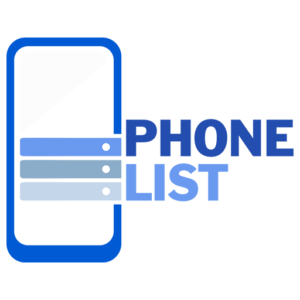Marketing and personalization are both important strategies for B2B email marketing, and finding the right balance between the two is crucial. Let’s understand the differences and how to strike the right balance: Segmentation: Segmentation involves dividing your email list into distinct groups or segments based on specific criteria such as industry, job title, company size, or geographic location. The purpose of segmentation is to send targeted messages to each segment, ensuring that the content is relevant and resonates with the specific needs and interests of that group. Experiment with different segmentation criteria and personalization techniques to identify what works best for your B2B audience. Avoid over-segmentation: While segmentation is important, be cautious not to over-segment your list.
Marketing allows Finding
Measure key metrics like open rates, click-through rates, and conversion rates to assess the effectiveness of your strategies. You to tailor your email Togo B2B List campaigns and increase the overall effectiveness of your communications. Personalization: Personalization goes beyond segmentation and involves customizing the email content for individual recipients within a segment. It leverages data and insights to deliver highly tailored messages that address the unique preferences, behaviors, or characteristics of each recipient. Personalization can include elements such as using the recipient’s name, referencing their company or industry, providing personalized recommendations, or dynamically inserting content based on their attributes or actions.
Finding the right balance
Start with segmentation: Begin by segmenting your email list based on relevant criteria. This helps you understand your audience better and deliver AO Lists more targeted content. Segmenting allows you to create different messaging strategies for distinct groups within your B2B audience. Personalize within segments: Once you have segmented your list, you can then focus on personalization within each segment. Customize the email content based on individual preferences, behaviors, or other data points.
This level of personalization ensures that each recipient receives a more tailored experience, increasing engagement and conversion rates. Prioritize key segments: Identify the segments that are most important to your business or have the highest potential for conversion. Allocate more resources and effort into personalizing emails for these key segments while still maintaining a level of personalization across other segments. Experiment and analyze: Continuously test and analyze the impact of both segmentation and personalization on your email campaigns.



